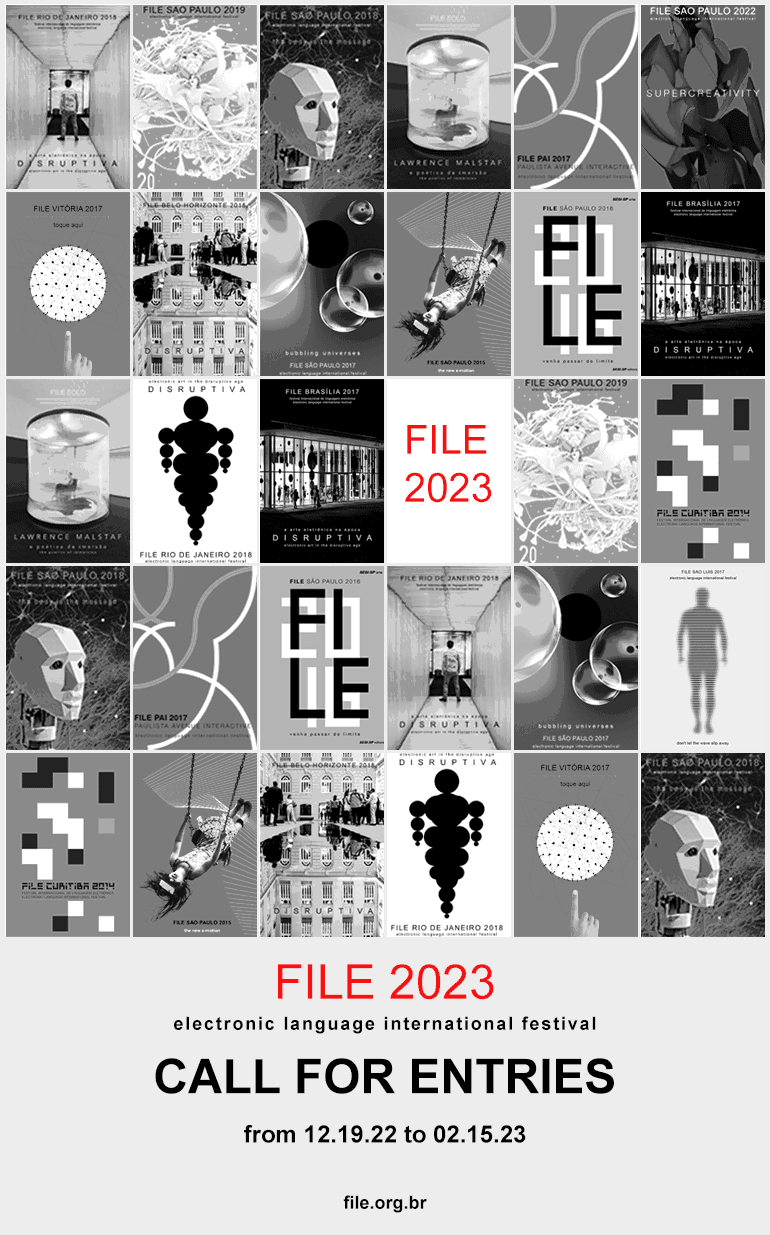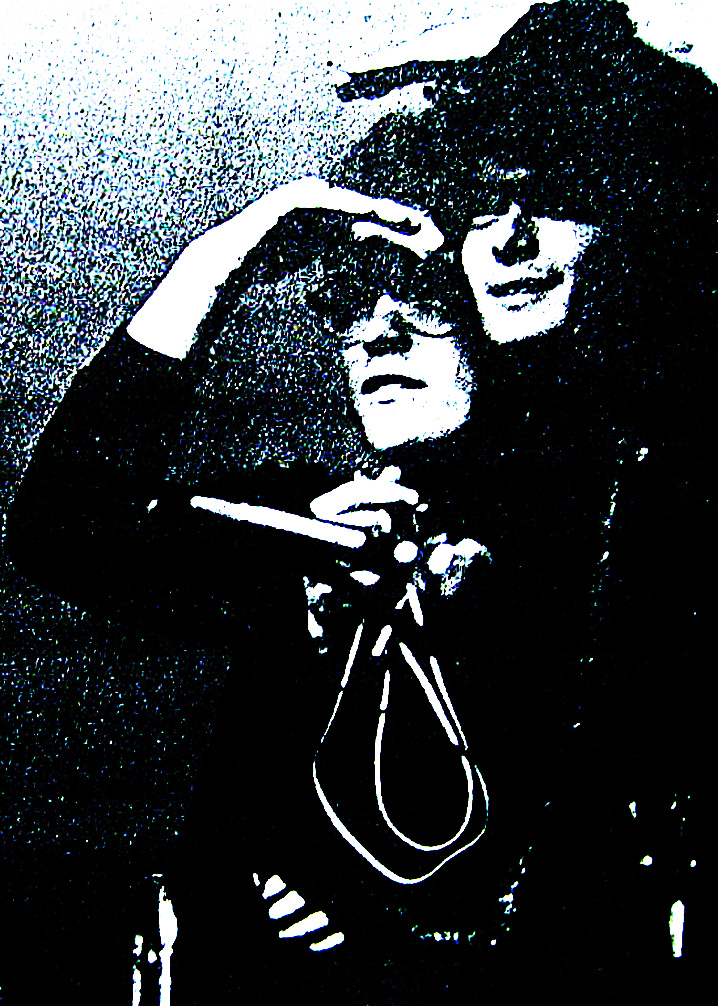
file 2023
file 2023
Call for Entries
FILE – Electronic Language International Festival – is receiving proposals for authorial works and educational projects (talks and workshops) in Art and Technology, from Brazilian and international artists, who are interested in being part of our 2023 exhibitions. Applications will be open from December 19th to February 15th.This announcement opens the opportunity to participate in the 22nd. Edition of the Electronic Language International Festival, which is scheduled to take place at the FIESP Cultural Center, in São Paulo, from July 5th to August 27th. The selected projects will also be able to collaborate in parallel events in different states of Brazil, to be held in the same year of 2023.









